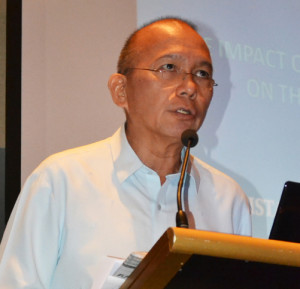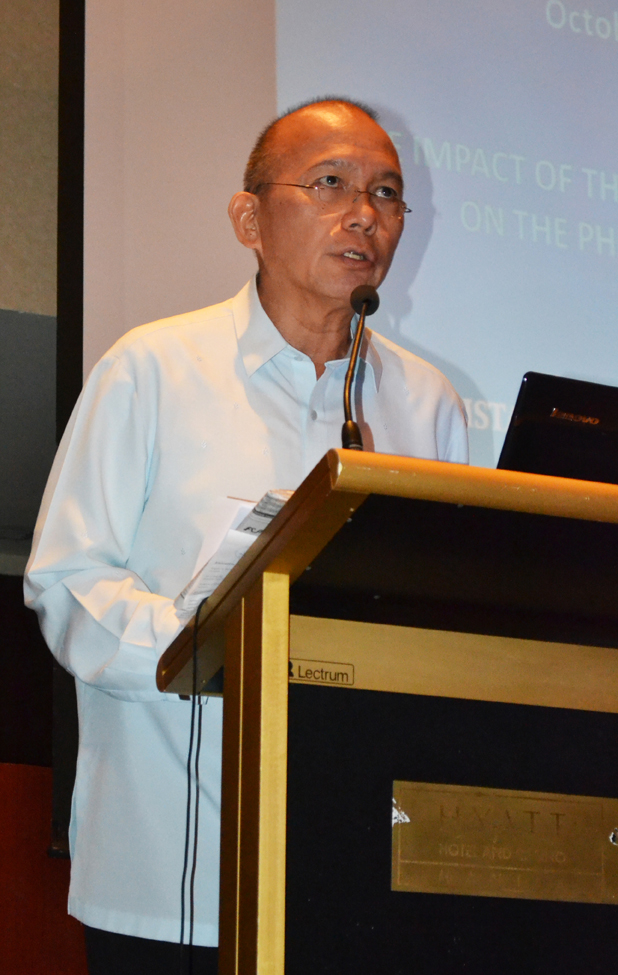
THERE are a number of “looming” challenges in the maritime transport sector that the country must face in the runup to the ASEAN Economic Community (AEC) integration in 2015, a top government official said.
In a presentation at the recent Maritime Law Association of the Philippines-PortCalls Annual Conference, Foreign Affairs Assistant Secretary Gilberto Asuque said the ASEAN has drawn up a Maritime Transport Action Plan (MTAP) to build an integrated, efficient, and competitive maritime transport system.
The plan includes implementing an ASEAN Single Shipping Market and calls for support for privatization and commercialization of port operations, and the centralization and harmonization of port documentation both by 2013, Asuque said.
The official identified four challenges the government must face first before the integration in 2015. These are national policy, key maritime infrastructure, national legislation, and stakeholders’ involvement.
For one, Asuque said the Philippines lacks policies governing the maritime transport sector.
“The key targets in the AEC blueprint and the ASEAN strategic transport plan require a serious analysis of Philippine maritime legislation,” Asuque said, but the country has “yet to develop a national maritime policy that will integrate different legislation.”
He also took note of a maritime code that was proposed 10-15 years ago but still pending in Congress. The code provides for simplification of the registration process for ships; a new tonnage tax system; limitation of liability; recognition of a ship mortgage where the mortgage is prioritized and aligned with international conventions on ship mortgage; and the arrest of ships to facilitate the resolution of maritime claims.
Asuque also pointed out that port infrastructure needs to be ready for the integration.
This was seconded by another conference speaker, Philippine Interisland Shipping Association president Primo Rivera, who said domestic shipping lines need to provide cargo-handling gear on their vessels because ports in the country lack proper equipment. This, he said, adds to costs.
With a network of 47 designated ports in the ASEAN, the maritime transport sector needs “acceptable performance and capability levels by 2015”, Asuque said.
The bottom line is that stakeholders must be involved, he added.
The ASEAN MTAP also aims to develop a safety navigation system and establish an advanced maritime security system in line with international standards. The action plan also includes the setting up of eco-ports and environmentally-friendly shipping.
Asuque said MTAP officials are “developing the framework for implementing the ASEAN Single Shipping Market by 2015, and formulating a strategy for implementing a single labor market for ASEAN seafarers by 2013, and implement the strategy in two years’ time.”





